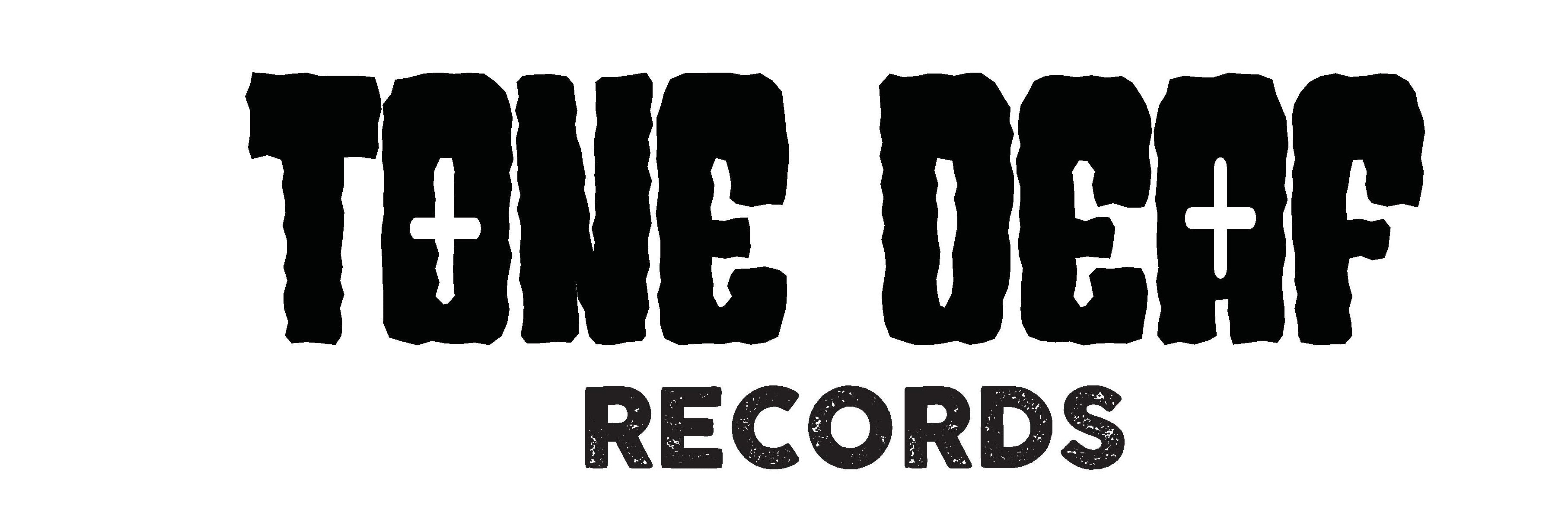
Tone Deaf Records
New - Primitive Motion - Portrait Of An Atmosphere - LP
$27.00
/
Shipping calculated at checkout.
Pickup available at Shop Address
Usually ready in 1 hour
Primitive Motion is Sandra Selig and Leighton Craig. Over the past decade and a half, they have gently unlocked out a uniquely divergent soundworld that haunts the fringes of folk, krautrock, lo-fi pop and foggy electronics. Their sound worlds are effortlessly deep and rich, and even when greatly reductive the pair manage to create a sense of harmonic energy that is enveloping and deeply affective. Portrait Of An Atmosphere is one of their most free-floating editions. Each piece casts out a wide net, capturing their intimate sound interplays, song forms, and melodic frameworks in a shifting palette of field recordings, radio materials, spatial elements, and free roaming improvisations. At times almost drifting into methodologies of musique concrete this edition expands their musical languages well beyond any previous works, offering an ever more porous and generous reading of their evolving musical project.
From Leighton Craig: "Portrait Of An Atmosphere was recorded with the intention of crafting a long duration work of constituent parts; a suite of related compositions to be listened to as a singular narrative. It focuses on acoustic elements to achieve the kind of sound immersion that is central to our practice, without using the typical palette of reverb and delay . . . The title of the album has been taken from one of Sandra's cut-poems, an ongoing series of work where she reduces/cuts the text on the page of a found book to arrive at a poetic denouement. In this context it seems fitting that some recordings on the album also have the sense of being cut together, although perhaps more as collage than reduction. Most obviously 'Portrait IV' joins a piano track with fragments of studio improvisation, a drifting fog that finally clears by restating the single-string guitar motif of 'Portrait I'. The beginning at the end; mirror in a mirror. The final track on the album, 'Trenches of Time' (another cut-poem title), sits outside the 'Portrait' suite but shares the same path of call and response intra-studio exchanges and acoustic intervention. But this album is more than a recording project. It represents the ongoing thread of non-verbal conversation that passes between sound makers, and has been exchanged between these band members for over a decade, captured here in an evolving dialect. It's a peculiar language that can be understood through the bowing of a cymbal and the wheezing of a reed organ. It's this conversation that is the joy and otherness of making music.
From Leighton Craig: "Portrait Of An Atmosphere was recorded with the intention of crafting a long duration work of constituent parts; a suite of related compositions to be listened to as a singular narrative. It focuses on acoustic elements to achieve the kind of sound immersion that is central to our practice, without using the typical palette of reverb and delay . . . The title of the album has been taken from one of Sandra's cut-poems, an ongoing series of work where she reduces/cuts the text on the page of a found book to arrive at a poetic denouement. In this context it seems fitting that some recordings on the album also have the sense of being cut together, although perhaps more as collage than reduction. Most obviously 'Portrait IV' joins a piano track with fragments of studio improvisation, a drifting fog that finally clears by restating the single-string guitar motif of 'Portrait I'. The beginning at the end; mirror in a mirror. The final track on the album, 'Trenches of Time' (another cut-poem title), sits outside the 'Portrait' suite but shares the same path of call and response intra-studio exchanges and acoustic intervention. But this album is more than a recording project. It represents the ongoing thread of non-verbal conversation that passes between sound makers, and has been exchanged between these band members for over a decade, captured here in an evolving dialect. It's a peculiar language that can be understood through the bowing of a cymbal and the wheezing of a reed organ. It's this conversation that is the joy and otherness of making music.
